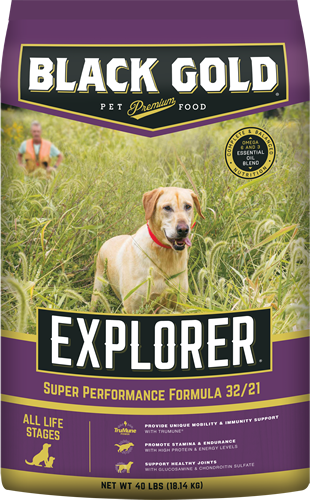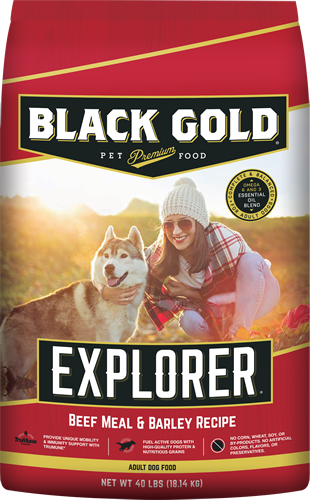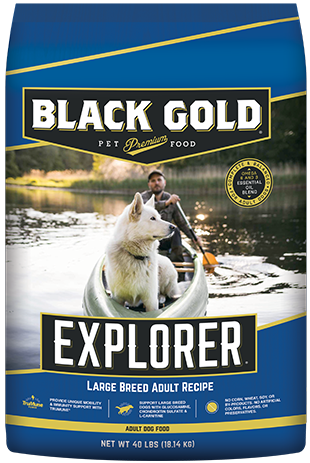Weaning Your Dog Off of Puppy Food
Your adventure began the moment your puppy arrived home.
Of course, adventure is relative.
There’s been a few messes to clean up and your new explorer may have gotten into a few things they shouldn’t have. Even with some chaos, the time with your puppy is as jubilant as it is short-lived.
Fully-grown dogs bring new opportunity and new adventures. Hiking, hunting, and daylong adventures of all kinds are on the horizon. But before the action begins, it’s important to transition your puppy to adult dog food.

How and when should you make the transition from puppy to adult dog food? Ultimately, the timing of the switch depends on the size and breed of your dog.
Generally speaking, the transition should commence after your dog reaches about 75% of its adult weight. At this point, the exponential growth of puppyhood begins to slow. However, the age they reach this point varies by breed size.
Smaller breeds under 25 lbs. can be fully grown at around nine months. In contrast, large breeds over 75 lbs. can take up to two years to reach adulthood. If you’re unsure, or on either end of the extreme, consult with your veterinarian to determine the best time to transition.
In addition to body weight, there are also oftentimes behavioral changes that indicate your puppy is ready to make the switch. These include a lower appetite and less rambunctious attitude.
The mechanics of making the switch to adult dog food
For as strong as they seem sometimes, dogs can be very sensitive to changes in diet. As such, it’s a good idea to ease your dog into switching to a new food over the course of a week.
On the first day, mix a small amount of the new food into the old. So long as there aren’t any food sensitivities, gradually increase the amount of the new food each day. At the end of the week, replace it entirely. Just because they gobble up the mixed food the first day or two doesn’t mean they’re ready to eat it exclusively. In this case, slow and steady always wins.
Four tips for transitioning to adult dog food
If you’re unsure of how much new food to include, use the 1/4 rule: start out with 1/4 of the new food for the first day or two (and 3/4 of the old food). Then every few days increase the ratio of the new formula by 1/4.
- Minimize other variables that cause anxiety; stressors like new environments can also cause gastrointestinal issues.
- Be consistent when transitioning to two daily mealtimes
- After transitioning, don’t use up the rest of the puppy food. Instead consider donating the remainder to a dog shelter.
The difference between puppy and adult dog foods
While it may look the same, there are some key nutritional differences in puppy and adult foods.
Given their growth paired with high metabolisms, puppies require food higher in protein and energy. Other important nutrients puppies need include DHA for brain and vision development, and calcium for bone and muscle development.
For example, our Puppy Formula has tailored ratios of protein and fat (30% and 20%), and all the other key nutrients to help puppies grow and develop into healthy adults.
In contrast, adult dogs need lower levels of protein and energy, and nutrients to promote overall health such as prebiotics, fiber, and Omega-6 & Omega-3 fatty acids.
Our Chicken Meal & Brown Rice Formula is an example of a nutrient-rich, complete and balanced adult formula.
Providing your dog with a diet that matches their needs, no matter whether they’re a puppy or full-grown, gives them all they need to embrace adventure head-on. To keep the focus on the excitement that lies ahead, make sure your transitions between food are minimal.
Check out more formulas for each life stage on our website.










Share This Post